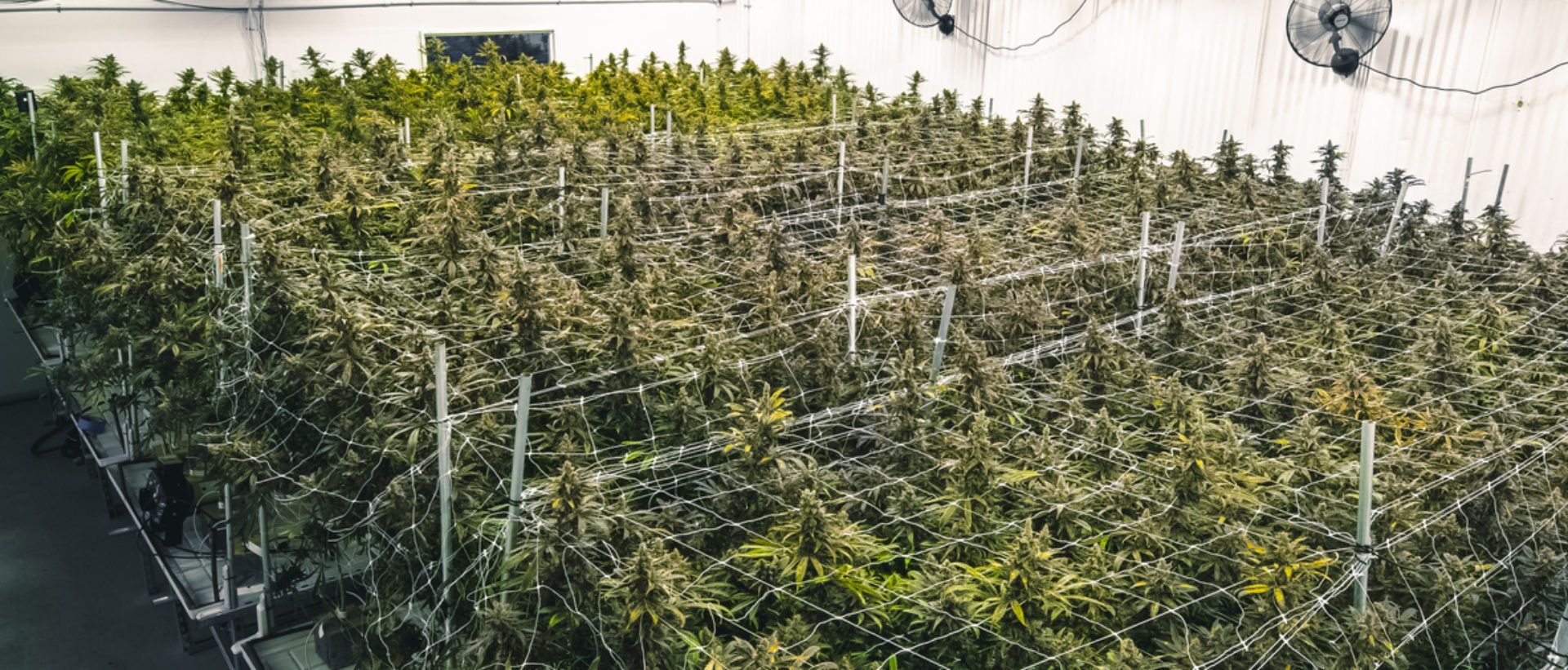The notion of the United States exporting bulk cannabis has been traditionally limited by federal prohibition and international treaty obligations. However, recent shifts—including potential rescheduling, hemp regulatory changes, and growing global demand—are reshaping the conversation. Will the U.S. emerge as a bulk exporter of cannabis in the coming years?
Current Landscape: Limited Capacity, Research-Only Export
At present, only eight entities in the U.S. hold DEA registrations permitting bulk cultivation of cannabis—solely for research and pharmaceutical use. They include companies such as Biopharmaceutical Research Company LLC, Bright Green Corporation, and Scottsdale Research Institute. These firms operate below capacity due to the narrow definition of “research” and the inability to ship for medical purposes abroad.
Global Market Demand: Massive but Closing Without U.S. Participation
The global cannabis market—spanning medical and adult-use sectors—is projected to surge from approximately $43.7 billion in 2022 to over $444 billion by 2030, growing at around 34% annually. Meanwhile, the medical cannabis market alone is expected to exceed $21 billion by 2025, with imports in Germany recently quadrupling to 31.6 tons in Q4 2024. That demand illustrates a clear opportunity—but one from which U.S. producers are currently excluded.
Regulatory Hurdles: Federal and International Constraints
Two key barriers stand in the way of U.S. cannabis export:
- Schedule I Classification
Marijuana remains federally classified as Schedule I, implying no accepted medical use. This status prevents DEA registrants from exporting cannabis for overseas medical use—only for research. - International Treaties
Under the 1961 UN Single Convention, cannabis is confined to medical and scientific purposes. Countries exporting cannabis must maintain these limits. While the U.S. removed cannabis from the Convention’s most restrictive Schedule IV in 2020, export under Schedule I remains tightly restricted.
Additional complications arise from domestic restrictions on hemp products and THC beyond 0.3%—for instance, discrepancies between U.S. and European hemp standards.
Rescheduling: A Game-Changer?
Advocates—including DEA bulk growers—argue rescheduling cannabis to Schedule II or III would be transformative. Not only could it reduce tax and regulatory burdens, but it would also signal the U.S. recognizes medical efficacy—thus unlocking export capacity for medical-grade cannabis. As the DEA studies rescheduling, its effects could unfold within two to three years.
A more comprehensive Farm Bill reform, similar to the 2018 hemp bill, which removed CBD above 0.3% THC, could also standardize U.S. hemp THC limits, aligning them with global markets.
Industry Preparedness and Competitive Landscape
Preparation is underway: those eight DEA-registered growers could quickly scale for medical exports if permitted. This de facto oligopoly would grant the U.S. a substantial first-mover advantage.
While U.S. operators, such as Jeeter and Wana Brands, are already eyeing international expansion for finished products, their focus is on processed goods—not bulk flower.
By contrast, Canada and European nations are already active medical cannabis exporters. Analysts warn that absent U.S. participation, global supply chains will solidify without American-grown cannabis—effectively ceding leadership.
Outlook: Seeds of Exportation Are Sprouting
If rescheduling moves forward, U.S. bulk cultivation and export could become reality within a few years. The bottleneck would then shift from legality to infrastructure: expanding cultivation, securing international licenses, and meeting global compliance standards.
Conversely, absent federal reform, the U.S. will remain sidelined—while medical cannabis imports from Canada, Australia, and Europe fill the gap.
Final Thoughts
The foundation for U.S. cannabis bulk export is emerging—amid enormous global demand and latent cultivation capacity. The fulcrum lies in rescheduling cannabis and harmonizing hemp regulations. If lawmakers and regulators can act in the next 12–36 months, the United States could unlock a medical cannabis export market worth tens of billions. If not, domestic potential will remain constrained—and global opportunity lost.

